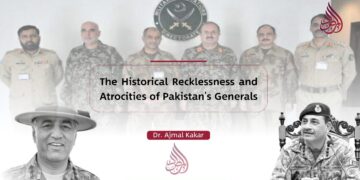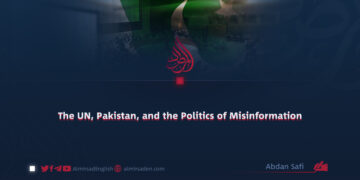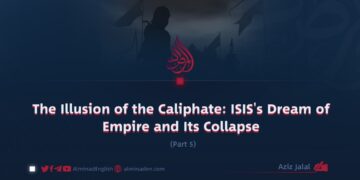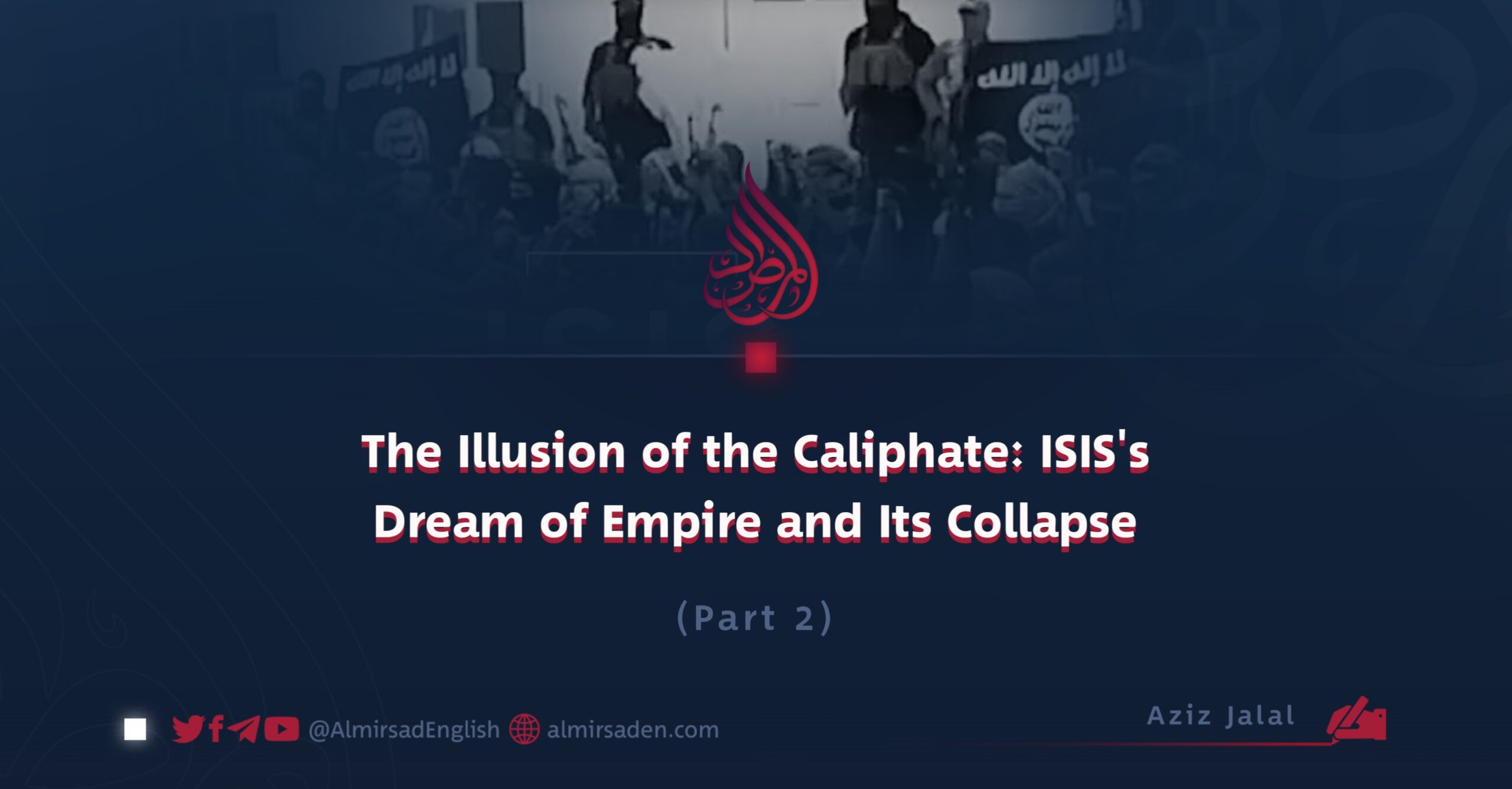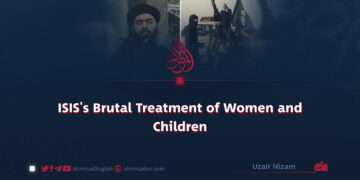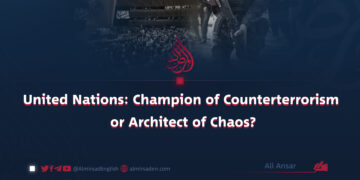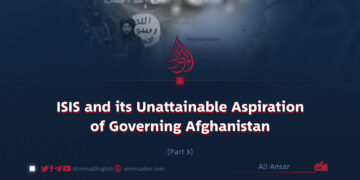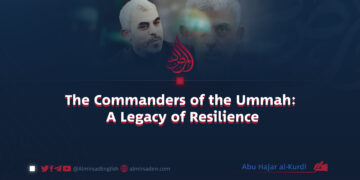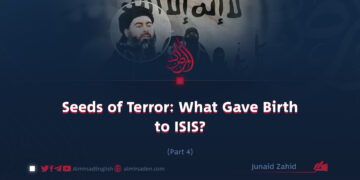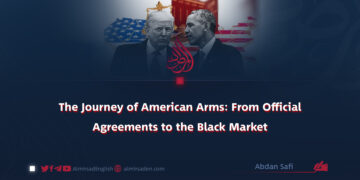Part 2
Aziz Jalal
Why Was ISIS So Attractive?
A Psychological Analysis of the Appeal of Joining the “Caliphate”
In the war-torn, chaotic landscape of the Middle East, ISIS emerged as a phenomenon that drew thousands of individuals from across the world. This deadly attraction was rooted not in inherent strength, but in a series of psychological factors that, like a silken web, ensnared the minds of those most susceptible.
The Need for Identity and Meaning
The primary driver of attraction was the profound human need for identity and meaning. In a world where modernity had eroded traditional bonds and a sense of belonging, ISIS promised a return to authenticity. Its rhetoric of reviving Islamic governance and the illusion of a restored caliphate shone like a beacon for disoriented youth in both the East and the West who were searching for purpose. The group skillfully exploited the vulnerability of a generation that saw itself marginalized by society.
The Psychology of Extremism
The group’s simplistic promises were deeply appealing to fragile minds. ISIS divided the world into a stark binary of “you are either with us or against us.” This reductive message offered clarity and comfort to those weary of the complexities and moral ambiguities of modern life. Instead of confronting unanswered questions, followers were given rigid, absolute, and deceptively comforting solutions.
Pride and Power
Another powerful factor was the allure of pride and strength. ISIS gave its recruits a sense of belonging to an elite vanguard. The relentless portrayal of military victories and potent symbolism created the illusion that they were part of a triumphant, unstoppable movement. For youths burdened by feelings of inferiority and irrelevance within their own societies, this was a seductive chance to reinvent themselves as heroic figures.
The Role of Social Media
Social media played a crucial role in amplifying this appeal on an unprecedented scale. ISIS’s professional propaganda apparatus expertly mythologized violence, turning brutality into a spectacle of heroism and religious duty. These curated images and narratives spread virally across digital platforms, systematically corrupting the minds of vulnerable youth and desensitizing them to atrocity.
Collective Psychology
Group psychology also exerted a notable influence. The phenomenon of many individuals joining the movement generated a self-sustaining perception of legitimacy. By constantly showcasing images of thousands of supporters in public squares, ISIS fostered the illusion that one was joining not a fringe group, but a vast, historic, and divinely sanctioned project.
Emotional Bonds and Idealism
Emotional ties and idealism were significant tools of attraction. By presenting an epic narrative of “reviving the Islamic Ummah,” ISIS gave individuals a sense of connection to a cause larger than themselves. The exhilarating feeling of “making history” held undeniable appeal for idealistic youths yearning for a higher purpose. They imagined themselves as righteous soldiers building a new civilization, blind to the reality that they were becoming mere cogs in a merciless machine of violence.
The Step-by-Step Process of Brainwashing
A gradual process of indoctrination was key to its recruitment success. Through calibrated psychological techniques, ISIS initially engaged recruits with soft encouragement and a sense of community, before slowly guiding them toward accepting explicit violence. This incremental process, often described as the “ladder of radicalization,” transformed individuals from passive observers into active perpetrators of brutality, often without their conscious realization.
The appeal of ISIS stemmed not from its inherent strength, but from the failures of the global order and the profound psychological crises of the modern era. The group demonstrated a sinister aptitude for exploiting the inner wounds of contemporary individuals and weaponizing their grievances. Ultimately, many of those who became ruthless killers began as ordinary young people, first encountering the group’s propaganda in the mundane settings of student dormitories or Western coffee shops.

